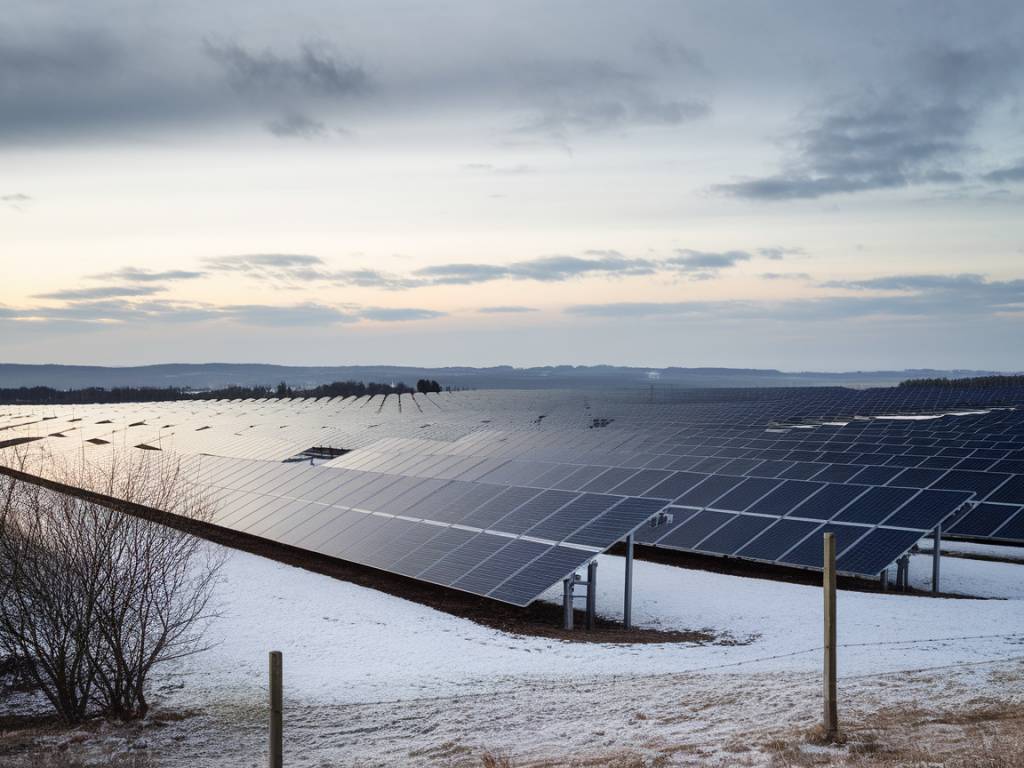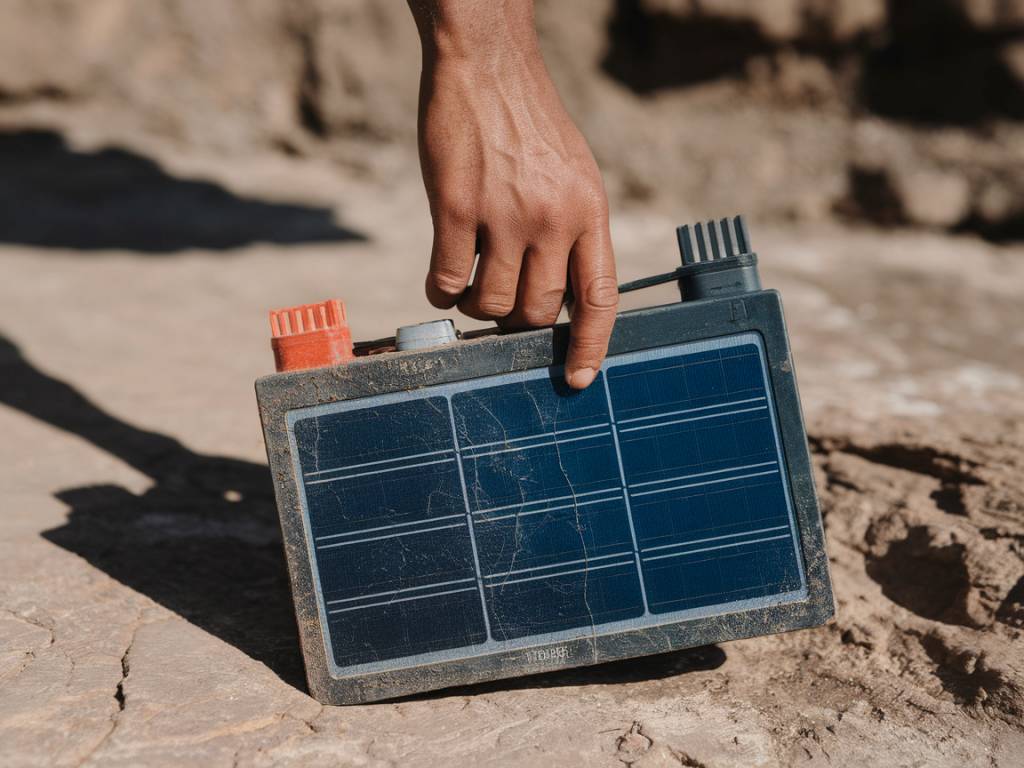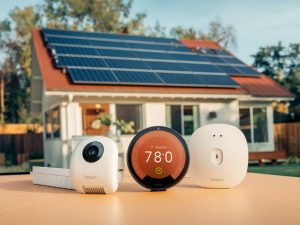Integrating Solar Energy with Smart Home Technology
Understanding the Integration of Solar Energy with Smart Home Technology
As the demand for sustainable living solutions continues to grow, integrating solar energy with smart home technology has emerged as a powerful way to reduce energy costs, enhance convenience, and lower carbon footprints. This synergy between renewable energy and automation offers homeowners an efficient, environmentally-friendly, and forward-thinking lifestyle. With solar panels now more efficient and accessible than ever, pairing them with smart home systems transforms homes into highly optimized energy hubs.
The Basics of Solar Energy for Homes
Solar energy involves converting sunlight into electricity using photovoltaic (PV) panels, usually installed on rooftops. These panels absorb solar radiation and transform it into direct current (DC) electricity, which is then converted into alternating current (AC) by an inverter — the standard current used in most homes.
Modern residential solar systems often include battery storage, enabling homeowners to store excess energy generated during the day for use during the night or cloudy periods. This self-sufficiency allows for reduced reliance on the grid and lower energy bills over time.
What is Smart Home Technology?
Smart home technology encompasses devices and systems that allow users to control various aspects of their home remotely or automatically. These range from smart thermostats and lighting to advanced energy monitoring systems and intelligent appliances. These devices connect via the Internet of Things (IoT), allowing them to communicate with each other and respond to user preferences and environmental conditions.
When integrated properly, smart home systems can learn usage behaviors, respond in real-time to energy availability, and optimize performance while minimizing waste. This intelligence makes them a perfect complement to solar energy.
Benefits of Integrating Solar Energy with Smart Homes
Uniting solar technology with smart systems offers several advantages that go beyond simple convenience. Here’s how this integration can revolutionize home energy use:
- Maximized Energy Efficiency: Smart devices can schedule high-energy tasks like charging electric vehicles or running dishwashers during peak solar production hours.
- Real-time Energy Monitoring: Smart energy management systems provide insights into energy production and consumption, helping users make informed decisions and reduce waste.
- Cost Savings: Coordinating energy use with solar production reduces dependency on grid electricity, lowering utility bills significantly.
- Increased Autonomy: Combined with storage systems, smart homes can operate independently during peak demand or outages.
- Environmental Benefits: Integration contributes significantly to reducing carbon emissions and enhancing sustainability.
Smart Home Devices that Work with Solar Systems
Many contemporary smart home devices are designed to interact seamlessly with solar energy systems. Below are some key components that enhance integration:
- Smart Thermostats: Devices like the Google Nest or ecobee can adjust heating and cooling schedules based on energy availability from solar panels, optimizing thermal comfort and energy use.
- Smart Inverters: These not only convert electricity but also communicate with home automation systems to relay performance data and adjust usage automatically.
- Energy Monitors: Tools such as Sense or SolarEdge give detailed feedback about energy usage broken down by appliance, aligned with solar generation.
- Smart Battery Storage: Systems like Tesla Powerwall or LG Chem RESU can store excess solar energy and discharge it based on tracking household demand patterns.
- Home Energy Management Systems (HEMS): These centralized systems control when and how energy is used or stored, based on real-time solar input and the home’s needs.
Optimizing Solar Use with Automation
The real value of a smart solar home lies in automation. It’s not just about checking your energy production on an app — it’s about letting your home make the right energy decisions for you. Here are examples of automated processes made possible through integration:
- Delayed charging of electric vehicles until solar output peaks
- Activation of water heaters or HVAC systems only when excess solar power is available
- Dimmed lighting or reduced appliance usage when solar generation drops
- Automatic energy savings during peak grid pricing through time-of-use adjustments
These fine-tuned adjustments are enabled by machine learning and AI algorithms, which adapt to patterns in weather, occupancy, and lifestyle.
Choosing Compatible Technologies
Compatibility is essential when integrating solar energy systems with smart home devices. Not all technologies are compatible out-of-the-box, and system fragmentation can limit the benefits of integration. To ensure seamless operation, consider the following guidelines:
- Select solar systems that support open protocols or offer flexible APIs for integration
- Use centralized smart hubs (like Samsung SmartThings or Apple HomeKit) to manage device communication
- Choose brands that emphasize cross-platform interoperability and long-term software support
It’s also advisable to work with installers who specialize in both solar and smart home technology. These professionals can design a system that meets your energy goals and offers scalable options for future upgrades.
Future Trends in Solar + Smart Home Technologies
As both industries continue to evolve, the convergence of solar and smart homes is expected to deepen. New technologies such as vehicle-to-home (V2H) systems will allow electric vehicles to serve as mobile energy storage units, feeding systems back during high-demand periods. Additionally, advancements in AI and predictive analytics will lead to even smarter energy management, taking weather forecasts and utility rates into consideration.
We’re also beginning to see greater integration with utility providers. Grid-interactive homes can share or sell excess energy, participate in demand response programs, and help stabilize local grid networks.
Making the Switch: Planning Your Smart Solar Home
If you’re considering transitioning to a solar-powered smart home, take time to assess your current energy usage, your property’s solar potential, and your existing smart home ecosystem. Identify which devices you already have and which ones support energy automation. Look for government incentives, tax breaks, or rebates that can offset the cost of installation.
Partner with experienced solar power consultants or energy efficiency professionals who understand both renewable energy systems and home automation. They can help you define your objectives, select the right hardware and software, and ensure that your solar energy system and smart devices work together to deliver maximum benefits.
Ultimately, integrating solar energy with smart home technology is more than just a trend — it’s an investment in sustainable, intelligent, and resilient living. With the right planning and tools, homeowners can create energy ecosystems that are not only smart but also forward-looking and environmentally responsible.





